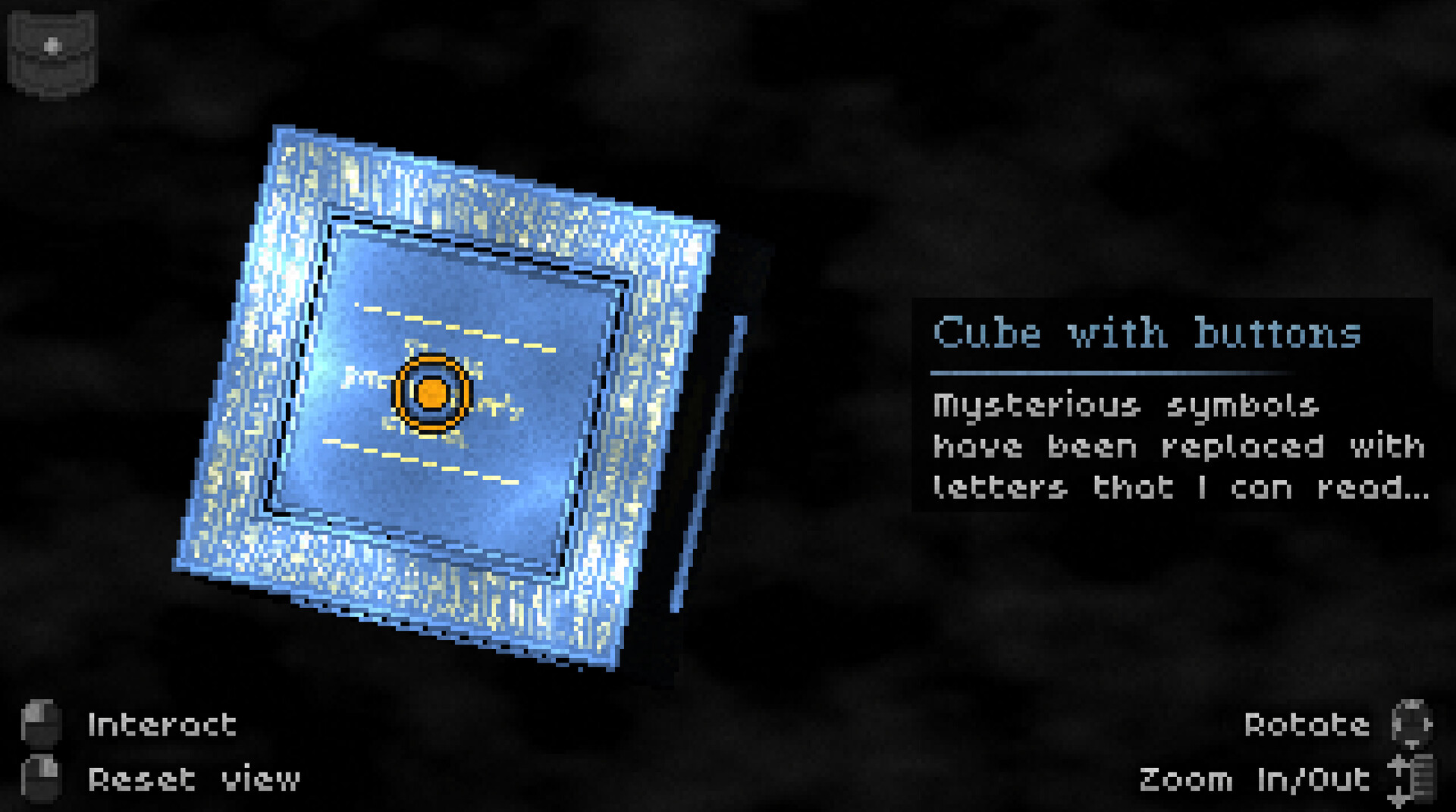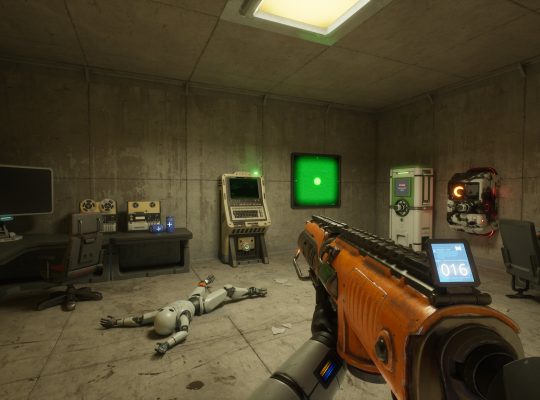- DEVELOPER: scriptwelder
Deep Sleep: Labyrinth of the Forsaken is both a love letter to fans of the original Deep Sleep trilogy and an experiment in expanding its formula. At its core, it’s still a slow-paced, atmosphere-driven point-and-click horror game where you explore, inspect, and solve puzzles. But this time, scriptwelder adds turn-based encounters, a skill system, and some procedurally changing areas that make each return visit feel different.

Puzzles, Exploration, and the New Combat
You play as Amy, a small-town veterinarian whose brother Thomas (long thought dead) left behind journals and notes about lucid dreaming and other worlds. The story is intentionally mysterious: dream logic shapes much of what you see, and the game leans on suggestion rather than clear answers. This sense of uncertainty works well, as the deeper you go into its dreamlike spaces, the more the line between guilt, grief, and reality begins to fade. Themes of family, trauma, and obsession appear through the environment and brief interactions instead of long scenes or dialogue.
On the other side, the gameplay mixes classic point-and-click puzzles with inventory use, environmental riddles, and a new tactical system. Exploration feels careful and rewarding, with detailed areas and puzzles that favor close attention. The game keeps its pace with interesting moments; from disturbing, body-twisting rooms to quiet, dreamlike landscapes full of emotion.
Where Labyrinth truly stands apart from earlier Deep Sleep games is in its combat. Battles are turn-based and take place within dreams, where your choices, items, and skills matter. These fights are slow and strategic, more like puzzles than action scenes. Using the wrong move or wasting an item can make survival difficult. For the most part, the combat fits the game’s thoughtful tone, it turns danger into something to plan around rather than simply fear, but it also shifts the pacing. Those expecting a pure adventure-puzzle flow might find that the combat occasionally interrupts the mood.

Blending Dream Logic with Modern RPG Systems
One of the more interesting design choices is that some rooms and encounters change slightly between playthroughs. This small bit of randomness adds replay value and keeps the game feeling unpredictable. It also fits the dream logic perfectly where a hallway might look different the next time you turn around. It’s a clever detail that keeps completionists interested and makes relying on walkthroughs less effective.
Amy can also unlock a simple skill tree with upgrades that affect both exploration and combat. These give a nice sense of progress and let you experiment with different builds. However, the progression can sometimes feel a bit grindy as certain upgrades or repeated fights can slow the pace. At times, it pulls you out of the puzzle-solving flow and into a more game-like rhythm. If you prefer tight pacing and story focus over RPG-style systems, expect a few trade-offs.
Visually, the game nails its style: pixelated 2D environments that blend retro PS1-era horror with modern pixel art detail. The art direction uses silhouettes, limited colors, and strong compositions to balance fear and beauty. The sound design is another great part: quiet, eerie effects, natural background sounds, and a haunting score that builds unease where visuals can’t.

An Easy Recommendation for Indie Horror Fans
But it’s not perfect. While the combat and progression systems sometimes interrupt the slow rhythm set by exploration and puzzles, a few puzzles themselves can feel unclear or awkward, often needing specific item use or extra backtracking that breaks the mood.
If you’re an indie horror fan who enjoys slow, thoughtful games with rich atmosphere and don’t mind some experimental ideas mixed in, Deep Sleep: Labyrinth of the Forsaken is an easy recommendation. It delivers strong environmental storytelling, an unforgettable sound design, and puzzles that reward close observation. But if you prefer a pure puzzle flow or a faster, more traditional survival horror experience, the combat and progression systems might feel like unnecessary additions.
Pros
- Atmospheric Storytelling: Dream logic and environmental detail create a haunting, emotionally layered narrative.
- Rewarding Exploration: Intricate areas and subtle puzzles encourage observation and immersion.
- Unique Turn-Based Combat: Strategic dream battles feel like puzzles, fitting the game’s thoughtful tone.
- Procedural Variations: Slightly shifting rooms and encounters enhance replay value and tension.
- Stunning Audio-Visual Design: Retro pixel art and eerie soundscapes perfectly blend nostalgia and horror atmosphere.
Cons
- Pacing Interruptions: Combat and progression systems sometimes break the slow, meditative rhythm.
- Occasional Puzzle Frustration: A few puzzles rely on overly specific item use or awkward backtracking.
- Grindy Progression: Skill upgrades can feel repetitive, pulling focus away from exploration and story.
Review copy provided by the publisher
4











